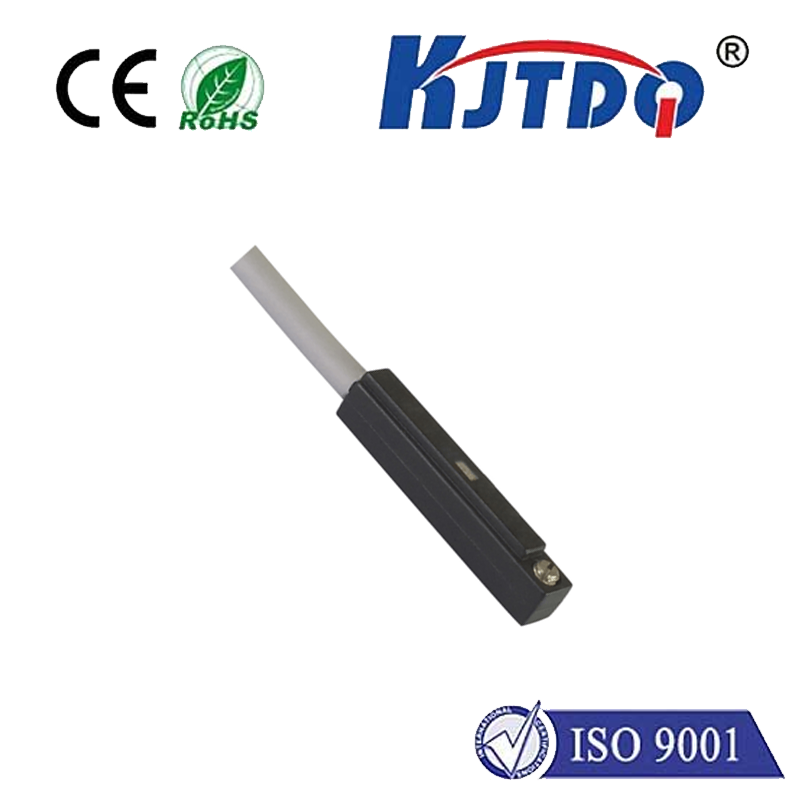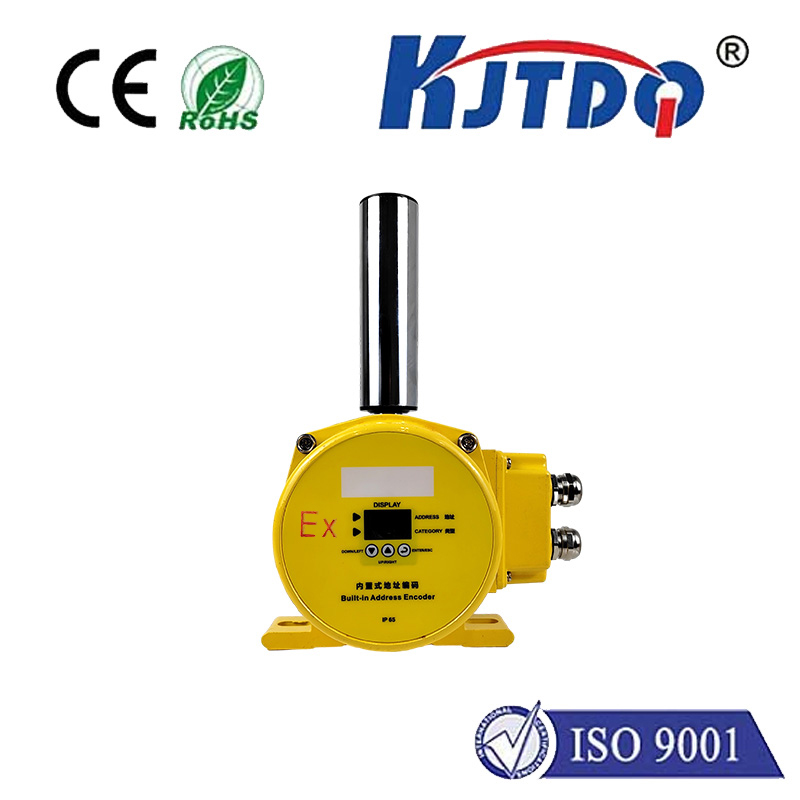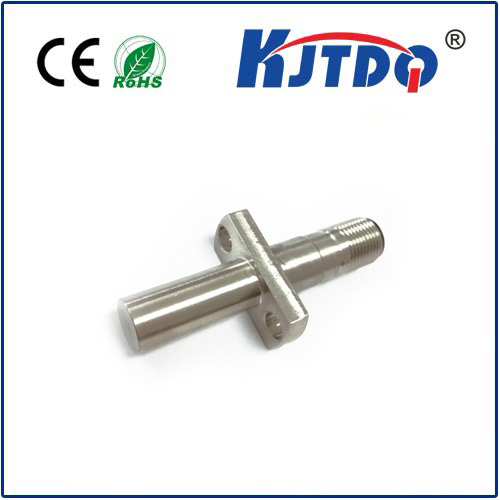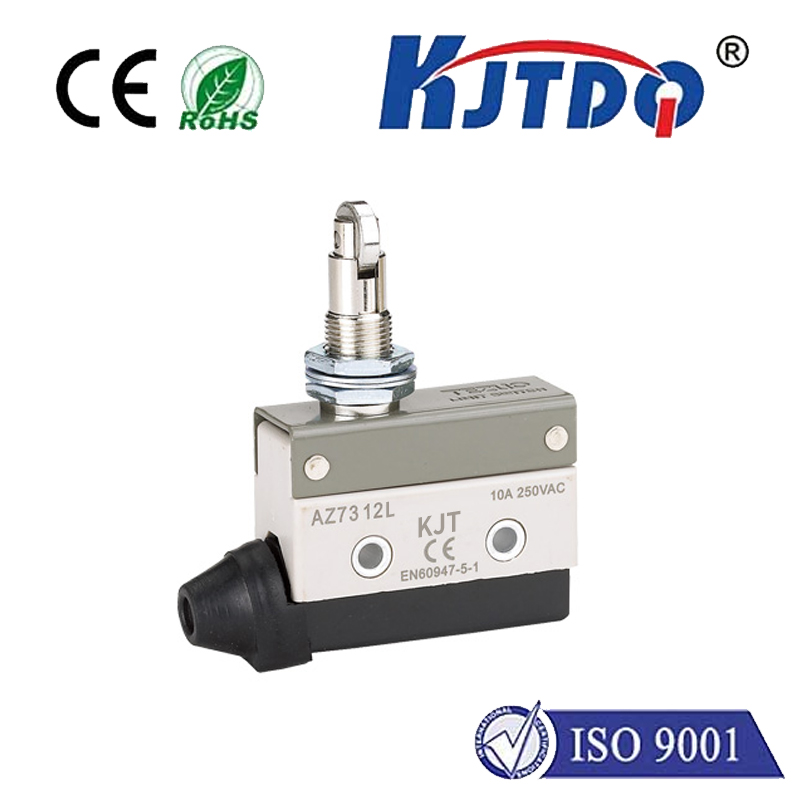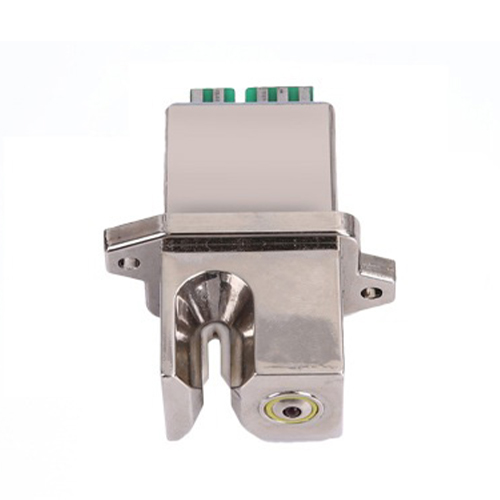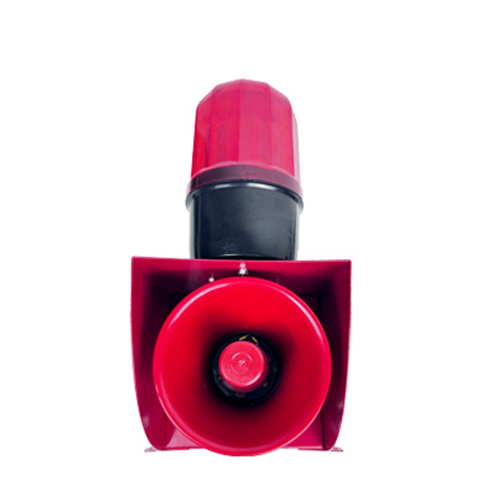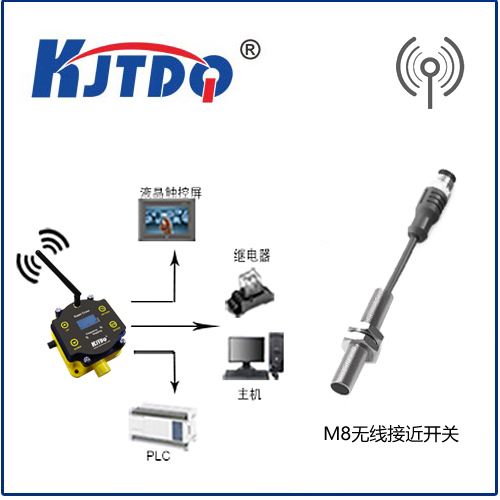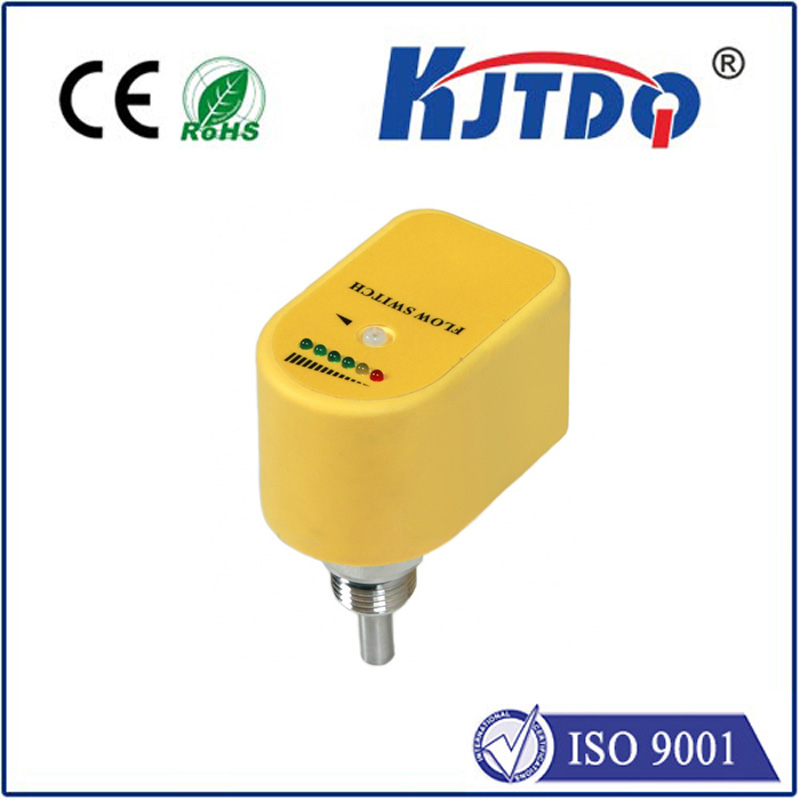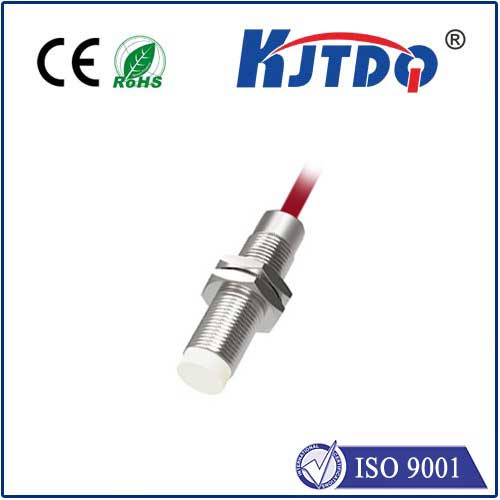

check

check

check

check
Laser Light Detection Sensor: Revolutionizing Sensing Technology
The field of sensor technology has seen a major breakthrough with the introduction of the Laser Light Detection Sensor. This innovative device has revolutionized the way we perceive and interact with our physical world, opening up new possibilities for scientific research, medical diagnosis, and industrial applications.
At its core, the Laser Light Detection Sensor uses a highly sensitive photodetector to convert light signals into electrical signals that can be processed by electronic circuits. The laser component of this system emits a narrow beam of intense light, which is then detected by the photodetector. The resulting signal is then sent to a microcontroller or other digital processing system for analysis.

One of the key advantages of this technology is its high accuracy and precision. Because it uses a focused laser beam, the sensor is able to detect even extremely faint light signals with great clarity. This makes it ideal for applications where accurate measurement is critical, such as in scientific research or medical diagnostics.
Another benefit of the Laser Light Detection Sensor is its versatility. It can be used in a wide range of settings, from industrial manufacturing processes to environmental monitoring systems. For example, it can be employed in quality control applications to detect defects in manufactured products, or in agriculture to monitor crop health and growth rates.
In addition to its practical applications, the Laser Light Detection Sensor also has important implications for basic scientific research. By providing a more precise means of measuring light signals, it allows scientists to gain new insights into the nature of light itself, as well as how it interacts with matter.
Despite its many benefits, however, there are also some challenges associated with implementing this technology. One potential issue is cost; because the Laser Light Detection Sensor relies on sophisticated electronic components, it can be expensive to produce and maintain. Additionally, there may be regulatory hurdles to overcome before the technology can be widely adopted in certain industries.
Despite these challenges, the Laser Light Detection Sensor represents an exciting development in the world of sensor technology. Its ability to provide highly accurate and precise measurements opens up new opportunities for scientific discovery and practical application alike. As researchers continue to explore the full potential of this innovative device, it is likely that we will see many more advances in the field of sensing technology in the years to come.
